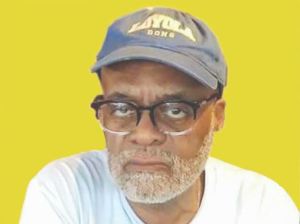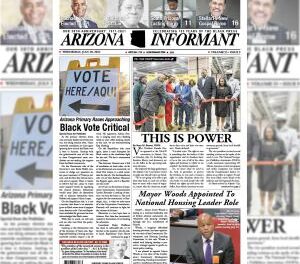
By Ralph E. Moore Jr.
Nov. 2 was former Mayor William Donald Schaefer’s birthday and it was celebrated by government officials (the governor, the mayor, the state controller and the city council president) and citizens alike at the Science Center on a rainy Tuesday morning. He would have been 100 years old that day and he remains Baltimore’s most memorable mayor. Known not just for his “Do it now!” philosophy directed firmly at the city government bureaucracy but for his love for the city itself, which many considered his bride.
Actually, Schaefer was a mixed bag in personality: he could praise and he could punish. He could be kind and crushing with his power. His legend of mayoral magic lives on; but like most legends it is complicated. “He’s a walkin’ contradiction, partly truth and partly fiction,” to quote singer Kris Kristofferson’s, “The Pilgrim.”
Mayor Schaefer and I conflicted a couple of times over the years: once, when six women and I from the Johnston Square neighborhood of East Baltimore interrupted the board of estimates meeting in 1979 to demand decent affordable housing; he was definitely taken aback by our surprise visit to the public meeting. The board, chaired by then President Wally Orlinsky, included City Comptroller Hyman Pressman, the city solicitor, the director of public works and Mayor Schaefer. This group of five men decided each week how our tax dollars would be spent. What better group to find some funds to house Mattie, Dorothy, Mamie, Gwynn, Arretta and Bernice. Their names had been on the Housing Authority’s waiting list for years. The six great women, who soon formed an organization, the Committee for Better Housing, became known at City Hall as “The Ladies in Waiting.” The group helped many in need get housing assistance in the form of public housing or Section 8 Rent Subsidy certificates.
Because of the help I gave them in demonstrating at City Hall, with some help from Brendan Walsh of Viva House and some mentoring from Sampson Green, Mayor Schaefer called my boss at St. Ambrose Housing and demanded on several occasions that I be fired. My boss, Vinnie Quayle, resisted as long as he could.
In the meantime, on Sept. 18, 1981, William Donald Schaefer and I appeared on a live episode of Nightline, an ABC-TV late night (11:30 pm) broadcast hosted by Ted Koepel. The mayor and I debated the merits of tourist-attracting inner harbor development versus much needed neighborhood improvement. After the show, Koepel invited the mayor and me to “dinner” at 1 a.m. I declined the offer.
But with Schaefer (and the councilman from the district where the waiting listed women lived) both demanding my dismissal it became inevitable I had to go. I eventually landed on my feet.
And in the end, Schaefer’s contradictory side showed up. He routinely raised vast amounts of money for re-election and election to new office campaigns. And with minimal opposition, he ended up with leftover funds which he put into a foundation he created and called, “The William Donald Schaefer Civic Fund.” I applied several times to the Civic Fund for their $1,000 maximum grants for the non-profit food store (co-op) the Johnston Square community members ran. Every time I applied, the committee approved the grant and sent us the money. I heard Schaefer sat in on the committee’s deliberations. I’m told by someone who should know, the mayor would say, “Give them the money. They do good work over there.”
And the last time I saw him, a few years ago, he sat down next to me at a fundraiser at the Aquarium or somewhere. Schaefer put his arm around me like we were old friends. I guess in his mind we were. He seemed to be saying he wasn’t holding a grudge.
Me? Maybe not so much.
Help us Continue to tell OUR Story and join the AFRO family as a member – subscribers are now members! Join here!
The post The Moore Report: Mayor Schaefer, the six women who sat in at City Hall, the Housing Department and me appeared first on AFRO American Newspapers .











